Of the issues that people come to see me with, two dominate by a long shot: neck and shoulder pain, and lower back pain or stiffness. In many cases, these are caused or aggravated by a less-than-stellar posture, and in particular an excessive or insufficient curve in the affected region of the spine. In this post I will give you a series of images I use to improve my posture, and that I’m pretty sure can help most people.
Contrary to my habits, those do not have roots in books or proper research, and are purely a result of my experiments on myself, as well as what seems to make sense from what I know. So please take what I say in this post with a grain of salt.
The main idea
So here is the idea: if we assume that our head rests on the spine at a given angle, and that our spine rests on the pelvis at a given angle (both these angles are interesting points to work on for another time), then the sum of the oriented angles (that is, counted positively in one direction and negatively in the other) that each section of the spine bend at is a fixed number of degrees that we’ll call C (which depends on the individual, the time of days, and many other factors). Now let’s call the angle the cervical spine bends at α, the angle the thoracic spine bends at β and the angle the lumbar spine bends at γ. With this convention, we have α – β + γ = C.
Now with this we can do two things to address an excess of curvature in the lower back or in the neck. Those two ideas will assume we keep the junction between our spine and our skull, and between our spine and our pelvis in the same state.
How we use this idea
We can increase curvature in the other section that curves in the same way. Indeed, if C and β are constant, then increasing γ will decrease α, and vice versa.
Alternatively, we can straighten our thoracic spine. In this case, we keep the region that isn’t excessively curved in place, and if we decrease β and want to keep C the same, we will have to decrease α (or γ, depending on the region that is giving us trouble).
If the problem we face is more a lack of curvature that an excess (very frequent in the lower back, especially in men), we can use a similar trick: decrease the curvature in the neck (in this example) to increase it in the lower back.
A few observation before you explore these ideas: all of the “fixes” presented here require the extensors of your back to work differently that they usually do. That means that some of these will feel effortful (mostly decreasing the curve in the thoracic spine) and some might make you cramp (mostly increasing the curve in the lower back). So go at your own pace, use these images in a soft way, and give yourself time. The effortfulness of the thoracic extension is due to weakness of the muscles, which will strengthen over time as you use this image, or by other means (speak to a physio or a personal trainer for more info on that). The cramps in the lower back are because the extensors there are used to working very hard while being very long, and asking them to work while being significantly shorter might send them into cramp. Again, this will pass with time as they get used to this kind of load. Just relax when you feel the cramp coming and massage the area with very slow, rather deep movements.
Here are a few common postures that I observed among Londoners. You can see which one is closer to you, and how the images I provided above can help these people, and you.
With this, I hope you go on and spare yourself a few episodes of neck or back pain!
Continue reading: Standing Posture and Alignment, Self-Treatment for Headaches.
Want more like this?
Check out the following blogs from massage therapists I know from around London:- On The Run Health and Fitness on running, nutrition and sports massage.
- The Soma Room on sports massage and exercise.

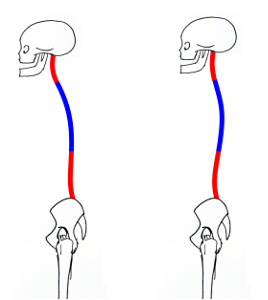
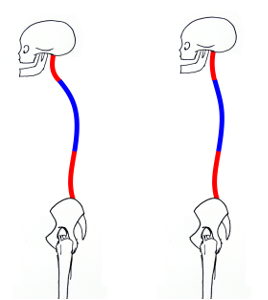
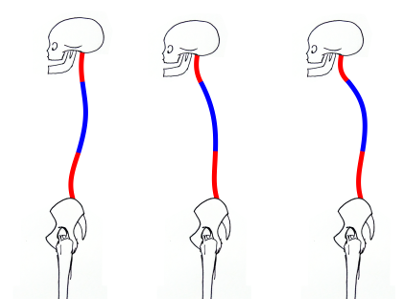
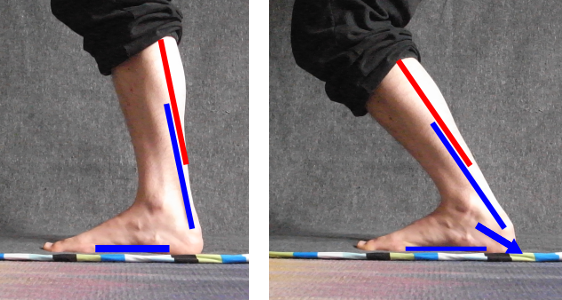

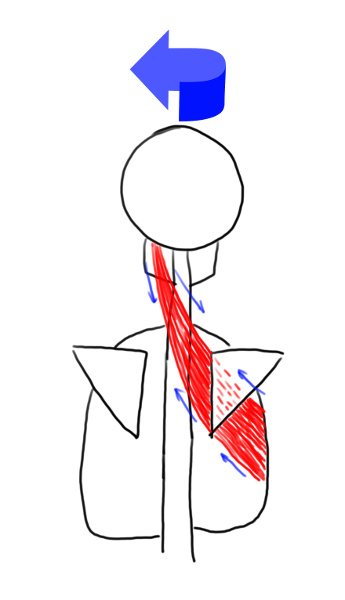
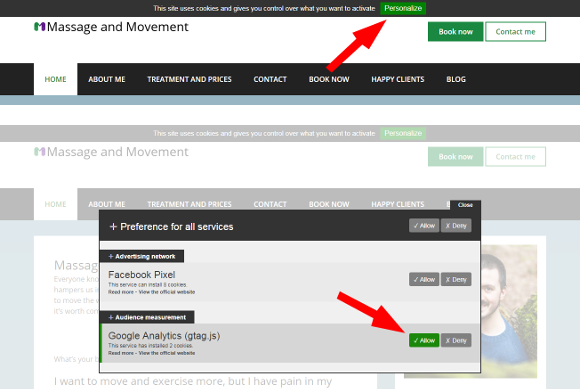
No Responses